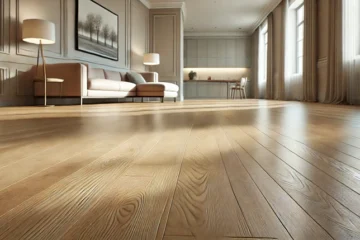How to Choose Paint Color

Choosing the proper colors is more complicated than picking what you like. Keep the following tips in mind when choosing colours for your rooms:
Discover how colors interact with one another.
The color wheel is an interior design tool that depicts 12 colors evenly distributed around a circle’s perimeter. Analogous colors are those that are near to each other on the color wheel and are regarded to complement each other nicely. Complementary colors are those that are opposite each other on the color wheel and are termed contrasting colors.
Know the difference between warm and cold colors.
Browns, reds, oranges, and yellows are warm colors that make spaces feel more inviting. As a result, they’re popular in kitchens and dining areas. Cool hues, such as various shades of white and beige, as well as greens, blues, and purples, are thought to be soothing and relaxing. They’re frequently utilized to make tiny spaces appear larger and warm spaces appear cooler.
When in doubt, choose light colors
Light colors are a better choice than dark hues, especially for walls and ceilings, as well as public spaces like living rooms, dining rooms, and kitchens.
When in doubt, choose light-colored trim and white ceilings
The uniform appearance of light or white trim and ceilings unifies a multiroom color scheme, especially if you have a variety of wall colors.
Pick accent colors

img:pinterest.com
Accent colors, which are often brilliant and rich, are employed as highlights in modest doses. They’re not designed to take over big areas.
How to Test Colors
Purchasing a complete gallon of paint is a big commitment because most paint isn’t returnable. Before deciding on a color, experiment with different combinations of colors by using:
- Fan decks: You may borrow or buy fan decks or paint fans from most hardware stores and home centers. These color-selection tools are made up of a big stack of cardboard strips with hundreds, if not thousands, of paint alternatives organized by color family. Each of the strips has three to seven shades of a color, ranging from dark to light, and they fan out for convenience.
- Paint samples: Many paint manufacturers now sell 2-ounce paint-sample jars, such as Benjamin Moore. These samples allow you to paint a small swatch of color on your wall and experiment with it for a few days before purchasing a gallon. Glidden, for example, sells rectangular, self-adhering paint samples that you can quickly remove and reapply without hurting the wall.



